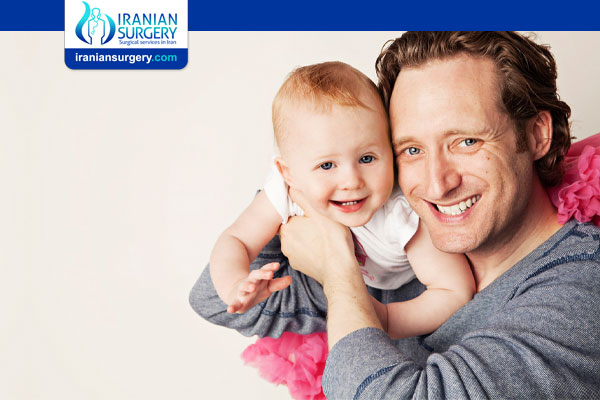Disadvantages Of Using Donor Eggs
Using donor eggs can be a wonderful solution for people who would not otherwise be able to have a baby. There are various reasons someone turns to donor eggs to enable them to have a child. These include having gone through an early menopause, older age, or having eggs of poor quality due to cancer treatments that may have damaged a woman’s ovaries. Many times, women who use donor eggs to become pregnant have already undergone lengthy and unsuccessful fertility treatments, including IVF with their own eggs. Donor eggs are also a great option for single fathers and male gay couples, who can have a biological child with the help of an egg donor and a surrogate.
The decision to use donor eggs is a very individual one and it’s helpful to examine all the possible disadvantages so you can make the choice that is right for you.
Read more about : Egg donation in Iran
Cons of Using Donor Eggs
While the decision to use donor eggs to have a baby is the right choice for many people, there are some perceived downsides that are worth reviewing if you are considering egg donation. Using donor eggs is a very personal and individual decision, and we want you to have all the information you need to make the best choice for you and for your family.
Donor egg baby is not biologically related to its birth mother
A child’s genetic heritage follows the genes that come from the donor egg. Although the actual expression of these genes is known to be modified by the mother who is carrying the baby created by the use of the donor egg, this realization can understandably cause a sense of real loss and grief.
When a woman is considering the use of donor eggs to have a baby, she faces perhaps one of the most emotionally difficult things any mother has to consider: the realization that she will lose any genetic input into the formation of her child. While hesitancy over this decision is common and quite natural, it’s often offset by the understanding that she will still greatly influence the child’s development. This influence occurs both while she is pregnant and then while being a mother to that baby after the child is delivered.
Telling your child, they have been conceived with the help of an egg donor
Many parents quite understandably wish to keep their fertility journey private. But there may come a time when they desire to share with their child that they were conceived with the help of an egg donor. Although this is an individual decision, this is probably the safer option as it can help avoid difficult issues in the future. DNA testing is becoming more and more popular and commonplace, and a child conceived with the help of a donor egg may find this out, whether the parents want this information revealed or not.
Although this disclosure to the child may be challenging, scientific literature shows excellent acceptance by children conceived through egg donation, as long as this is presented to them at the appropriate age.
Risks of Using Donor Eggs
Although there are risks that exist with using donor eggs, these risks are very, very low. The main risks of using donor eggs are:
. unknown hereditary factors
. the possible transmission of an STD (a sexually transmitted disease); this risk is negligible, as the FDA has strict criteria that all egg donors must be tested for STDs within 30 days of their egg donation.
. certain pregnancy risks (the most common pregnancy complication risk associated with using donor eggs is preeclampsia, which is an elevated blood pressure during pregnancy)
At Iranian Surgery we work to minimize these already small risks by requiring all of our egg donors to undergo genetic counseling. In addition, our egg donors are young women in their 20s, the age at which they have the healthiest eggs with the least likelihood of those eggs creating a fetus that has chromosomal abnormalities. You should understand that even with all of these precautions, there still might be unknown hereditary factors, even though the risk is very low.
Dropped or Delayed Fresh Donor Eggs Cycle
Although it’s uncommon, there are times when an egg donor has to drop or delay a cycle. This is a risk that can be eliminated by using frozen donor eggs. Keep in mind that our success rates using both fresh or frozen donor eggs are comparable.
Should I Use Donor Eggs?
The decision to use donor eggs to conceive a child is an extremely personal one. No one but you can make this decision. In our experience here at Iranian Surgery, we have yet to see intended parents who went through the process of having a baby with the help of an egg donor and who then wished that they had not. There is nothing but love, joy and happiness once that baby joins the family!
About Iranian Surgery
Iranian surgery is an online medical tourism platform where you can find the best doctors and fertility specialists in Iran. The price of IVF in Iran can vary according to each individual’s case and will be determined by an in-person assessment with the doctor.
For more information about the cost of IVF in Iran and to schedule an appointment in advance, you can contact Iranian Surgery consultants via WhatsApp number 0098 901 929 0946. This service is completely free.
Source:
https://www.santamonicafertility.com/blog/pros-and-cons-of-using-donor-eggs/

